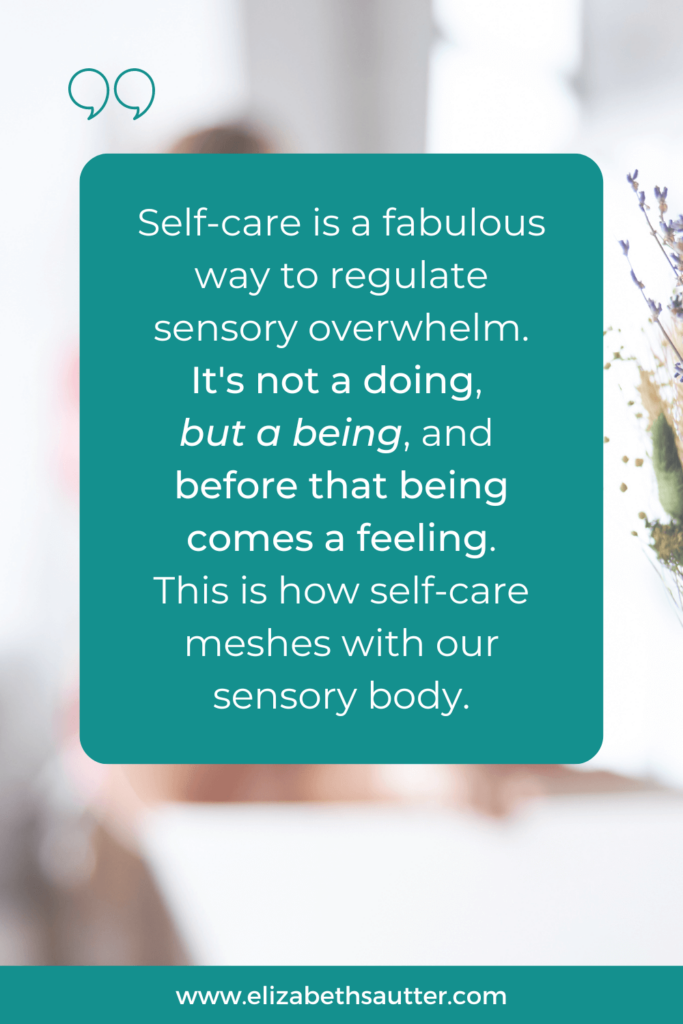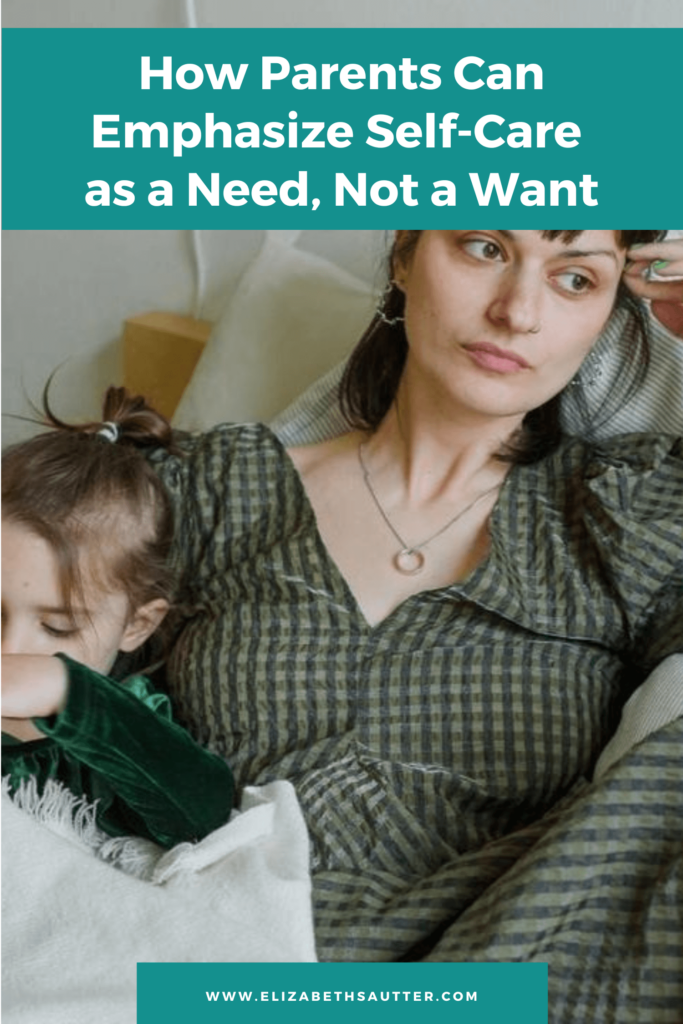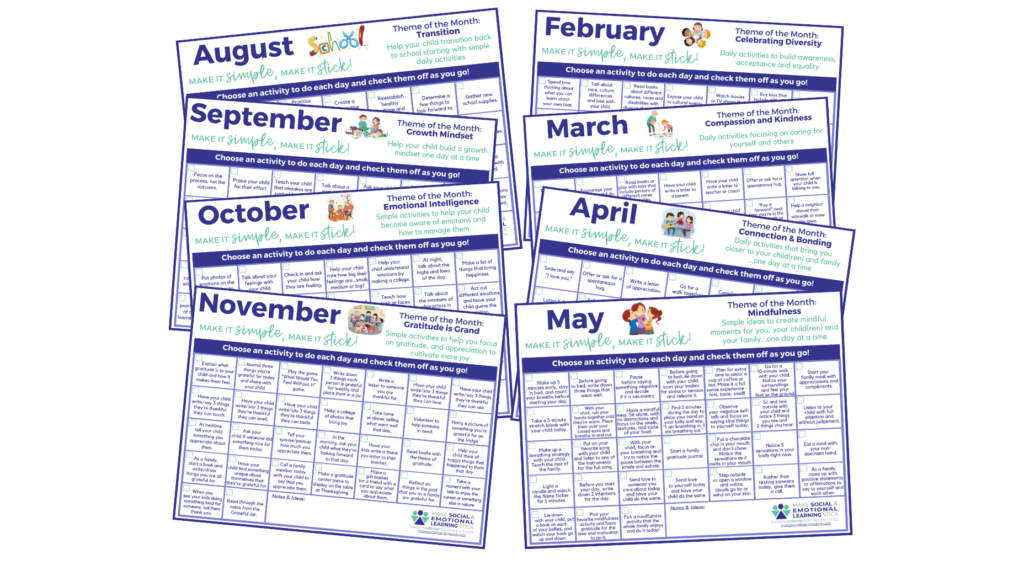The chaos of parenthood can be overwhelming, and self-care is, obviously one of the biggest, fastest and cheapest solutions.
Which is exactly what society (and the research) is always telling us, right?
There’s no shortage of articles and influencers telling us how to do it, and it can become easy to feel like we’re doing it wrong if we are drinking the cool-aide. Once you realize that self-care is really a mindfulness practice and can be done through simple sensory awareness moments, you can let go of the pressure and truly practice self-care.
Self-care is a fabulous way to regulate sensory overwhelm. It’s not a doing, but a being, and before that being comes a feeling. This is how self-care meshes with our sensory body.

Our sensory system takes in information about the world around us. For some people, that sensory body is highly alert and the threshold for stimuli is relatively small which can overwhelm the nervous system. For others, the sensory system requires more input to awaken the system, leaving them seeking certain stimuli to help balance and regulate. We all fall somewhere on the sensory spectrum and it’s important to know what is needed to feel comfortable.
Sensory information triggers a feeling which triggers a thought and ultimately action. The action we choose, can have an effect on ourselves, the situation, and the people around us. When we notice and process our needs in a positive and mindful way this can turn into a self-care action in itself!
When we are younger our self-care happens naturally. Babies and toddlers cry, allowing their overloaded nervous system to release, communicate and regulate. As our actions become less autonomous, self-care can easily slip away, allowing us to ignore our sensory body’s needs.
That’s why self-care is not a nice to have, but a need to have! It isn’t necessarily what you do, but that you listen to your senses, feelings, and thoughts and allow yourself to receive whatever you need to regulate your sensory body.
Head on over to this month’s collaborative blog post on Generation Mindful for 5 self-care and sensory body breaks for you and your child.
Together we are following my 12 month Make It Simple, Make It Stick calendar with activities that you can use in your home. This month, we’re focused on play!


